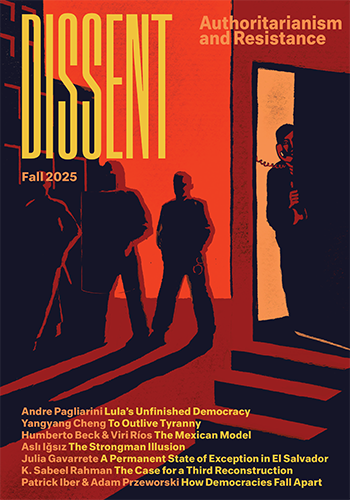Win, Lose, or Draw: The New Nullification
Win, Lose, or Draw: The New Nullification

When he started working at the Tenth Amendment Center three-and-a-half years ago, Communications Director Mike Maharrey could recite every bill that dealt with the nullification of federal law across the United States, even if most were toothless, non-binding resolutions. In his second year, though pushback against the Affordable Care Act and the National Defense Authorization Act crossed his desk, he could still keep track. By 2013, when virtually every state introduced some sort of nullification bill, his memory had spread a little thin. “We got to the point where we couldn’t keep up with all of them, and I’m certain that it’s going to be like that again next year,” he said.
The acceleration in nullification efforts in recent years has been fueled in part by organized efforts from groups like the TAC, which has been at the forefront of state-level campaigns ranging from legalizing industrial hemp to banning “material support” for Obamacare since it was founded in 2006. The TAC describes itself as a nonpartisan think tank—in his online profile, founder and executive director Michael Boldin says that he is “no conservative” and “no liberal” but simply someone who wants “to live free”—while the Southern Poverty Law Center argues that as “a practical matter . . . the TAC is on the political far right.”
One of the most dramatic recent fights over nullification involved gun rights, an issue promoted by the TAC and long vital to grassroots conservative activists. It all came to a head in September 2013 over Missouri House Bill 436, known as the Second Amendment Preservation Act. The controversial bill would have superseded federal law and barred federal officers from confiscating guns, making it a criminal offense to enforce background checks or any policy that would “infringe on the people’s right to keep and bear arms.” It would also bar the media from publishing gun owners’ names; as Democratic Missouri Governor Jay Nixon vividly pointed out, this would mean that a photo of a child’s first kill of the hunting season could no longer grace the front page of the local paper.
Although Nixon vetoed the law last July, by September 11, state senate Democrats (along with a smattering of their Republican colleagues) felt they had been defeated. The house had overridden the veto that morning in a 109–49 vote, and with less than one-third of the senate’s seats, Democrats were sure the original bill would stick. But in an abrupt about-face, Republican State Representative Ron Richard sided with the governor, leaving the override one vote short of a two-thirds supermajority.
While gun-related nullification bills like Second Amendment Preservation Act may lead the charge, with at least 141 nullification measures against federal legislation introduced in 2013, the nullification trend cannot be reduced to armed conservatives. True to its slogan—“The Constitution. Every issue, every ...
Subscribe now to read the full article
Online OnlyFor just $19.95 a year, get access to new issues and decades' worth of archives on our site.
|
Print + OnlineFor $35 a year, get new issues delivered to your door and access to our full online archives.
|






